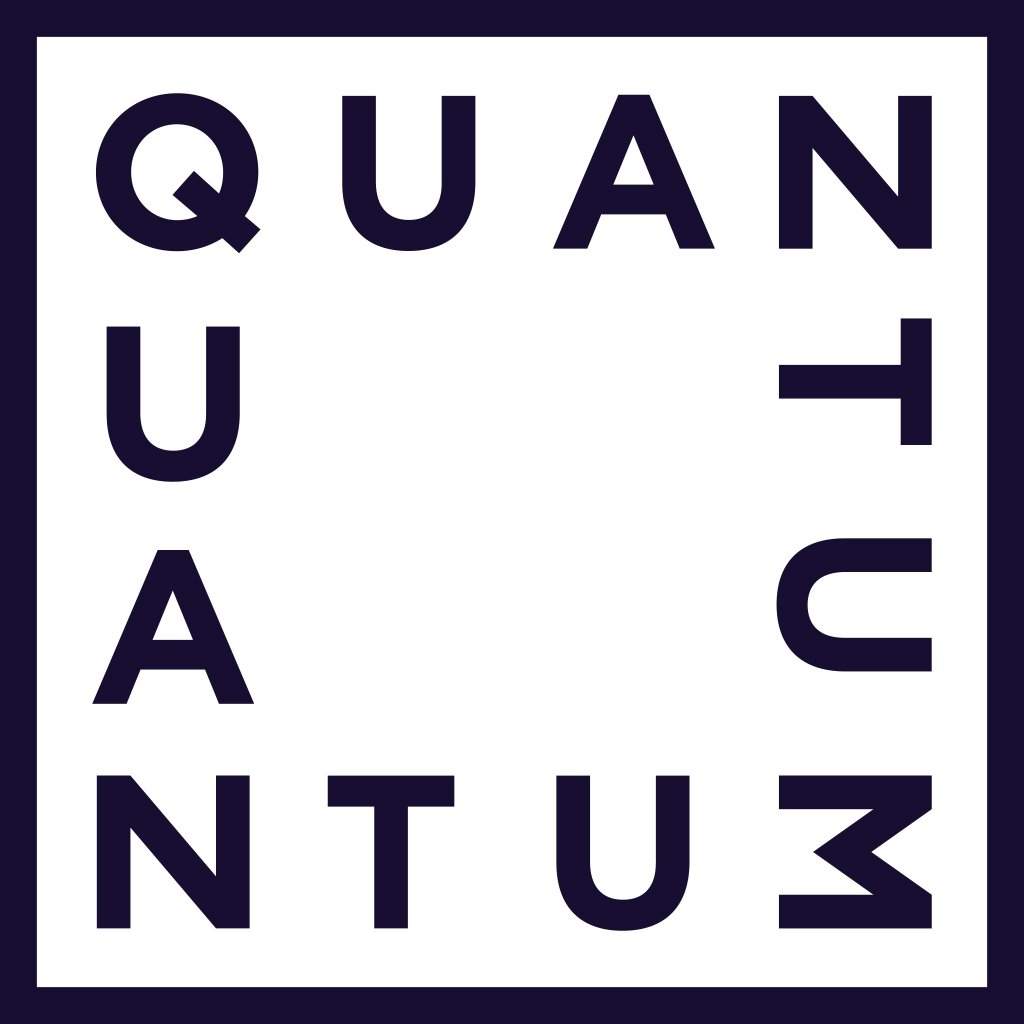The value of low and no alcohol to bar owners
With as many people attempting dry January this year as the previous 10 years combined, the no alcohol movement has only gathered momentum. Enough people have now felt the benefits, tracked their better sleep scores, and signed up to the notion that it is now socially acceptable to abstain.
Retailers have boldly refocused their category offering to accommodate the shift. But in comparison, the on trade channel feels though its lagging behind. With 509 pubs closing their doors forever in 2023 (The Guardian). It is now business critical for bar owners to strengthen their offering.
With ¼ of under 25’s not drinking at all, and almost 1/5 of alcohol free consumers being new entrants to the market (ISWR). The impact of not having interesting and flavourful options for this growing cohort has an impact that reaches beyond the individual. In the same way that the vegan friend in the group has a disproportionate impact on where you go for lunch. The abstainer has a vested interest in ensuring that the gang goes somewhere with interesting no alcohol options…
…And they are likely to get some support from their mates. Whilst at 14%, the tee-total-ers are in the (albeit growing) minority, of much greater significance is the 58% of us that are ‘zipping.’ Zipping is the act of alternating between alcohol and alcohol-free drinks as a means of moderating on a night out. Meaning a well-considered range services a big customer base.
No and low products also have a role in widening the occasions people visit a pub. Better positioning their role for business meetings, book clubs, family meals and lunchtime breaks.
“But one solution doesn’t fit all”
Those of us who have spent most of our adult lives with the taste of beer and wine as the backdrop to our habits and rituals, are looking for that familiar flavour hit that makes us feel as though we aren’t missing out.
But Quantum’s proprietary research with our Gen Z panel, discovered that gen Z are less interested in imitation. They want new flavours, functional benefits and crucially they want options at a lower price point.
So how can brand owners support their low and no alcohol offering once it’s in venue?
Here we share our 3 thought starters.
Frame no and low as a gain not a loss.
Loss aversion theory proposes that we feel and experience losses more than gains. ‘Same taste’ messages can feel apologetic and frame no and low as a compromise.
But no and low should be framed in terms of gains. The ability to stay fresh and in the moment, as well as creating lasting memories.
Present no and low as the default choices
Menu feature can give no and low options an equal footing with alcohol. Increasing visibility and making them a natural consideration in the decision making process. Also consider presenting products as the default option for specific combos and bundles with food pairings.
Play into herd mentality
Consumers love to conform to the behaviour of others.
We need to drive low and no visibility through dedicated glassware, unique serves and serve rituals. As well as investing in bar advocacy programmes that help bar tenders normalise these options through recommendations and tasting knowledge.
At Quantum we are looking ahead at how to future proof the industry for our clients. If you want some advice and support with your on trade strategy and activation programme then please get in touch.



